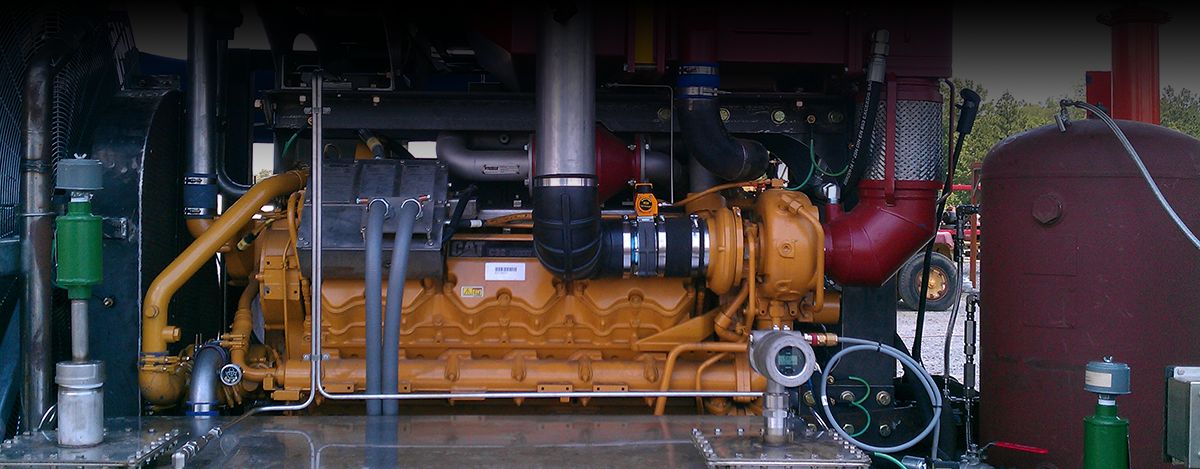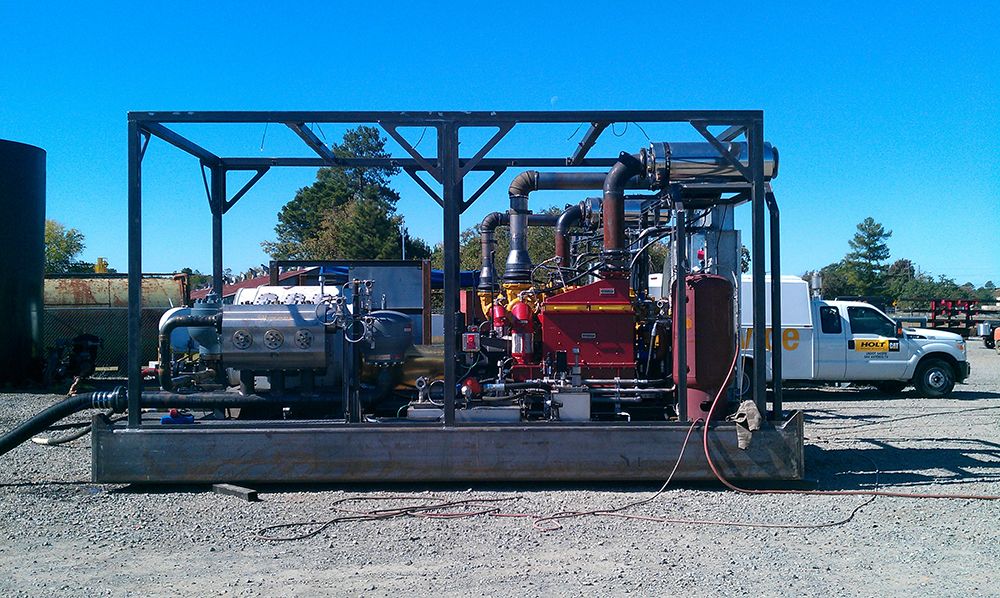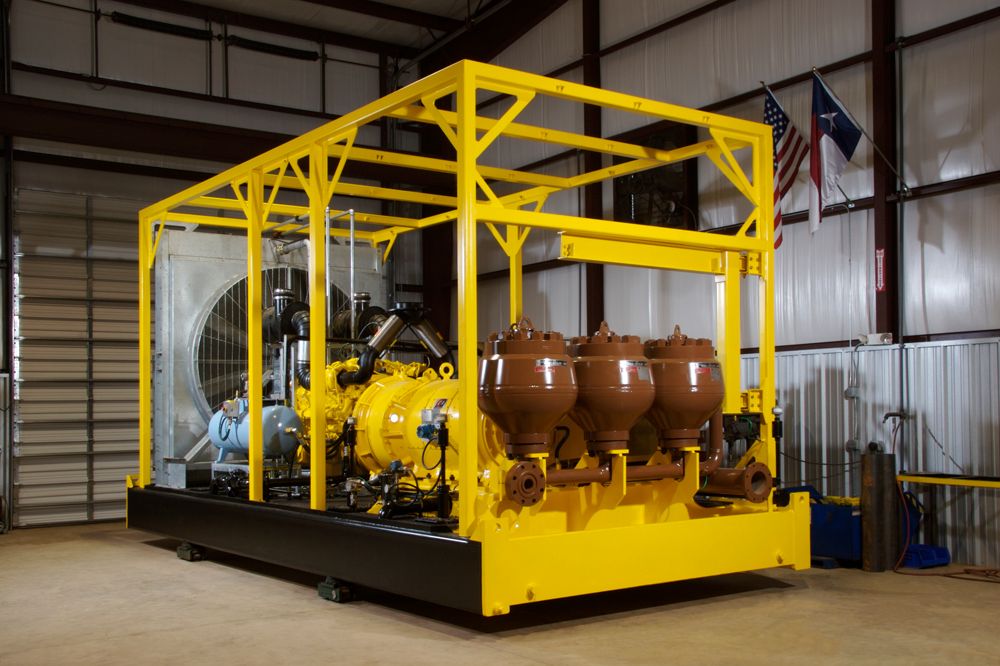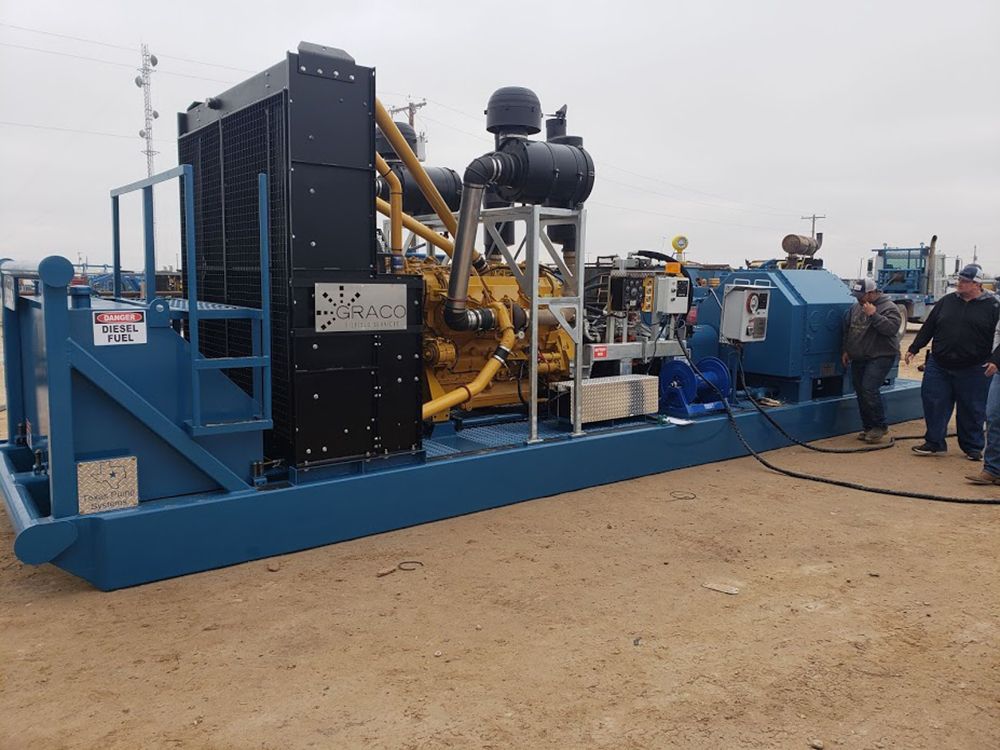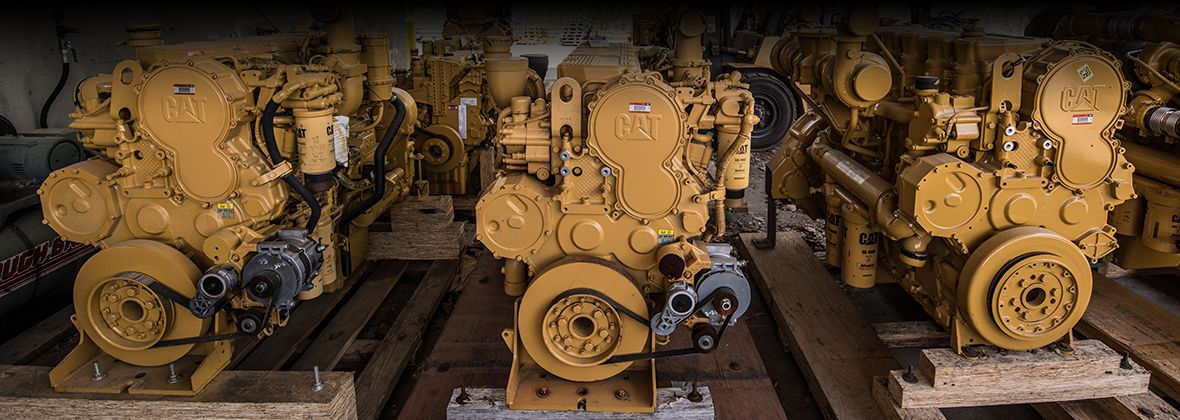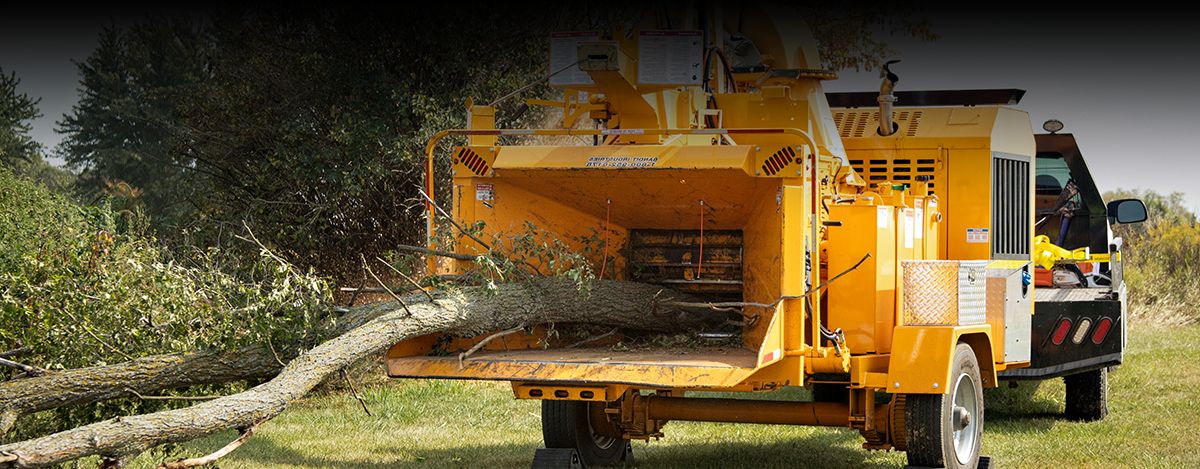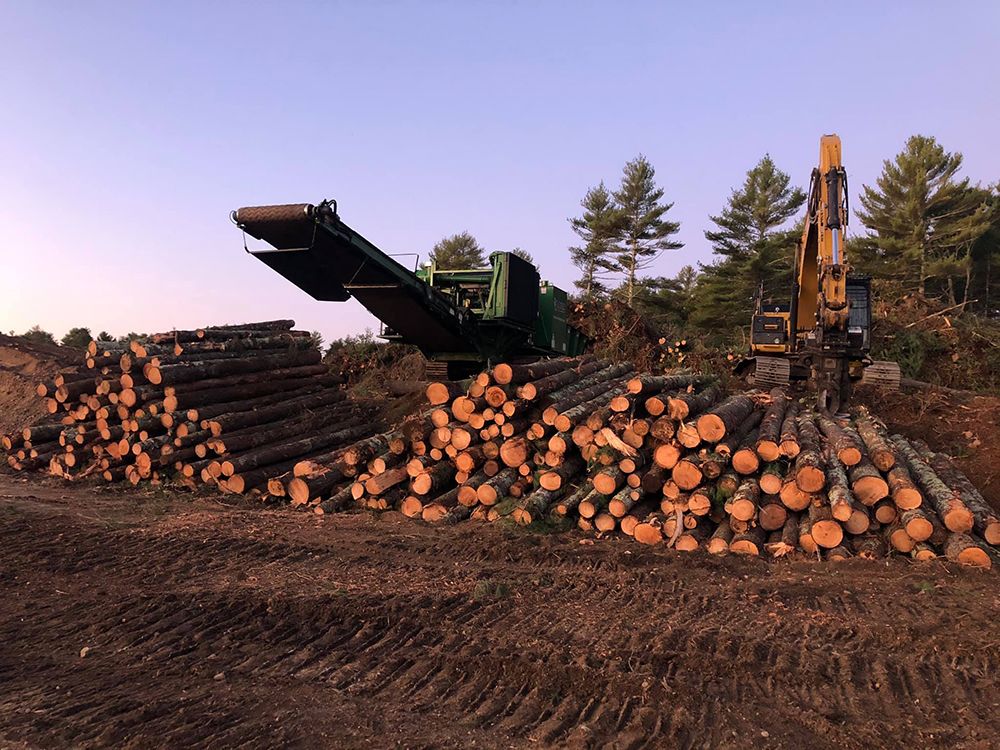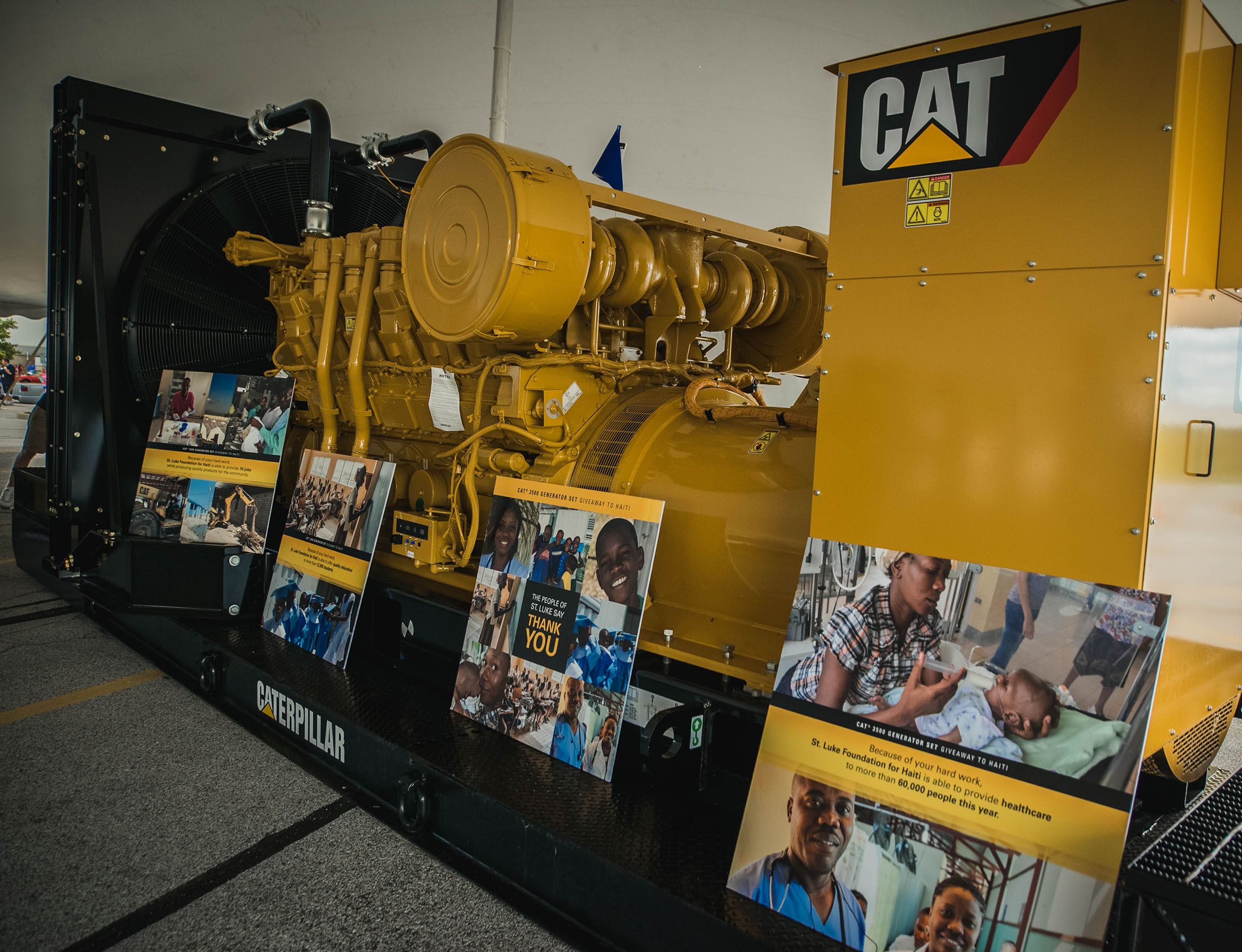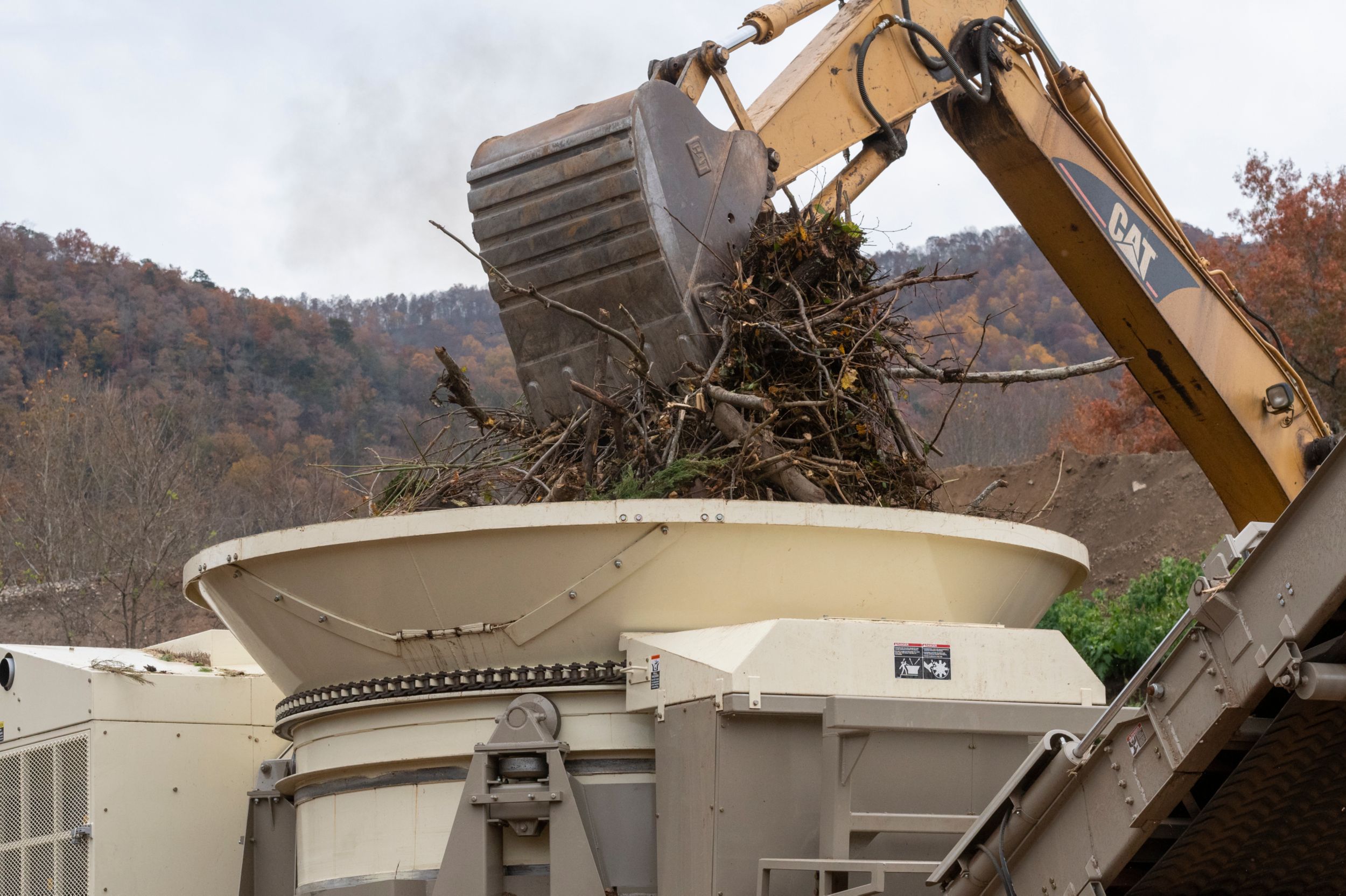

Sign In
Welcome! Sign In to personalize your Cat.com experience
If you already have an existing account with another Cat App, you can use the same account to sign in here
Register Now
One Account. All of Cat.
Your Caterpillar account is the single account you use to log in to select services and applications we offer. Shop for parts and machines online, manage your fleet, go mobile, and more.
Account Information
Site Settings
Security
Oil Rig Safety: Engine Design
Can you safely run engines in an explosive environment? If it’s a hazardous area certified Cat® C32 you can.
Worksite safety is always important. But some worksites are more hazardous than others — like the daily work on off-shore oil rigs.
Not only are workers combatting the hazards of working with flammable materials and heavy equipment, but they’re also doing it on top of millions of barrels of crude oil. And they’re usually a helicopter ride away from the nearest hospital and fire department if anything goes wrong. So you can best believe that safety is inherent in every work process within an oil rig.
One of those safety processes is something called pigging. It’s an essential maintenance process for keeping pipelines safe, clear and free flowing. Pigging is an industry term, but the concept is basic: A “pig” or self-propelled scraper with electronic sensors is sent through the pipeline to perform maintenance and inspections without stopping the flow of the product in the pipeline.
Pigs require a lot of power and often rely on diesel engines to provide this. Yep, you read that right. Diesel engines running atop a couple million barrels of oil. No potential issues there, right?
AVOIDING FIREWORKS
Texas Pump Systems custom builds these pigging systems for clients around the world with a heavy focus on oil rig safety.
“Using diesel engines in that particular application causes for a lot of headaches, because you can imagine that with these engines sitting on two million barrels of crude oil — one spark will make a pretty good firecracker,” explains Ernst Vanderlaan, General Manager of Texas Pump Systems.
Hazardous environments can contain flammable materials like gases, dust or vapors. So not just any engine can do the job. Thankfully our Caterpillar engineers helped solve this problem. They started working on “explosive-atmosphere” engine design twenty years ago — long before there were strict engine compliance regulations for hazardous and explosive environments.
And all the research and special features that went into building such a unique engine became framework for the hazardous area certified Cat® C32 diesel engine.
To protect against a possible explosion, special features were developed that include exhaust gas coolers to keep surface temperatures down to 200 degrees and a 1,200 hp engine to provide enough power to pump those millions of barrels of oil.
And it’s all in the name of keeping oil rig workers safe and getting them back home to the communities they’ve helped to fuel.




Related Stories
-
Clearing the Way for Sustainable Energy Solutions
See how one customer aided in providing sustainable energy solutions to a community by clearing the land for a solar panel farm & using the trees to provide mulch.
Learn More -
How Hospital Generators Are Helping Haiti
See how a donated 3500 generator set is providing the power needed for the St. Luke Foundation to continue helping Haiti.
Learn More -
Mulching to Reduce Greenhouse Gas Emissions
A method of sustainable waste management is turning landfill waste into mulch. With Cat® powered grinders, cities can reduce greenhouse gas emissions & landfill capacity.
Learn More
